A bit about handwritten fonts

“You have such glorious writing instruments, and how many pencils, how many pens, how thick, glorious paper ... And what a glorious office you have!”
F.M. Dostoevsky, "Idiot"
First used handwritten fonts. Skillful calligraphers used them, due to the laboriousness of manuscript making, each turned into a work of art.
With the invention of typography, the art of calligraphy is a thing of the past. It became unnecessary to display each handwritten squiggle, it was required to arrange the standard pre-prepared letters in a certain sequence. This was done by professional printers. Readers received a ready-made standardized product, while they themselves continued to write letters or compose manuscripts by hand, since there were no printing houses suitable for individual work.
The situation has moved forward with the invention of typewriters. About happiness: mechanized writing has become available to everyone! Instead of a beautiful handwriting, they began to demand from office workers the ability to type on a typewriter - however, the manuscript could be handed over to a typewriter bureau, where experienced typists turned any business paper written in the most clumsy handwriting into a readable document. With the spread of typewriters, the individuality of handwriting, while the smallest variety in letter styles, has faded into the past: if with a typographic set it was possible to replace one typesetting box with another, then changing the font on a typewriter was impossible - technically unjustified.
A new round of technological progress in the field of typewriting technology - the invention of computers - returned the personality of the handwriting to its former greatness. Fonts remained standard, but now they were chosen according to your own taste and discretion.
Desired mechanization while maintaining individual characteristics? Absolutely. But let's compare all of us with familiar computer fonts with handwritten ones: partly for cognitive purpose, partly for the purpose of indulging in nostalgia for the great and unforgettable art of calligraphy that has passed away.
“Mom washed the frame” - everybody remembers it, take something equally straightforward, at the same time age.

This is from the words of 1837. Pushkin did not have time to learn from them, but it is unlikely that the samples of his time represented something fundamentally different. School prescriptions - a little more floridness in them or a little less - and there are school prescriptions: it is difficult to draw the correct squiggle with your hand, but in the end their uniformity becomes boring.
What kind of science is this, in fact, in which the main thing is to observe the correct slope?
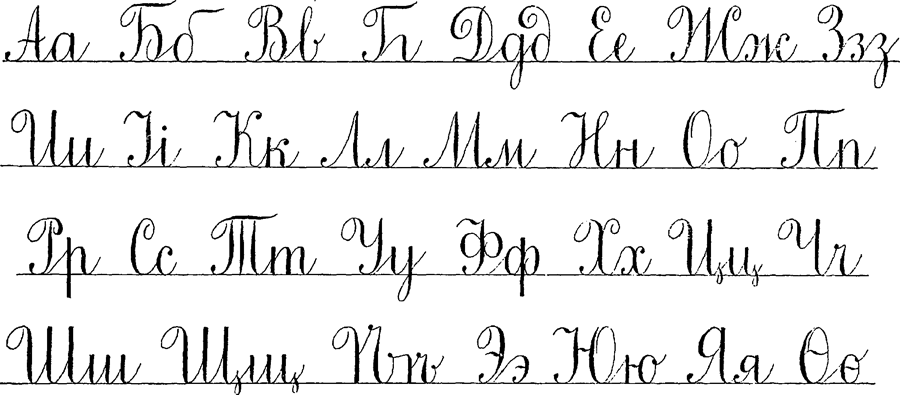


As instructed by the protagonist of the famous novel by V. Kaverin “Two Captains”, the unloved stepfather: sticks should be perpendicular.
It is also necessary to observe the uniform indentation of words from each other.

Plus, the harmonious line thickness achieved by tilting the pen and the force of pressure on the paper.

And of course, the general, pleasant to the eye smoothness of the shapes.


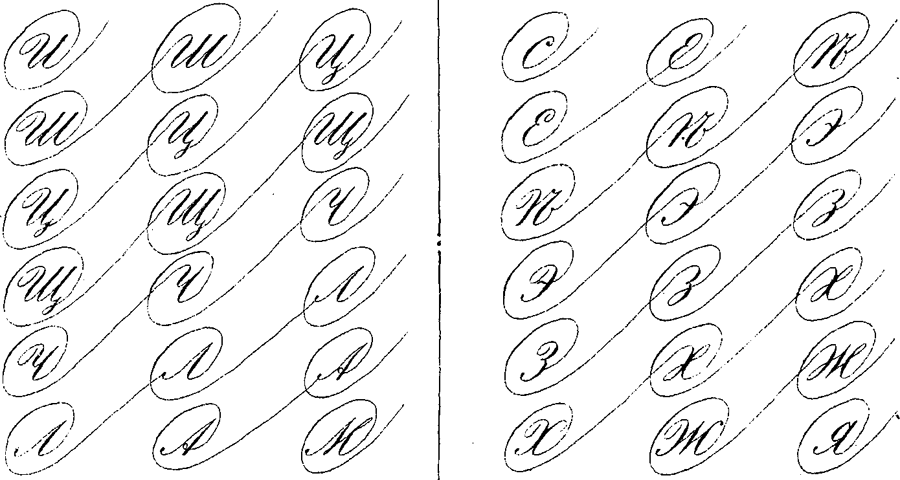

To comply with the rules, it was necessary to correctly hold the pen in the fingers - the main production tool of the calligrapher ...
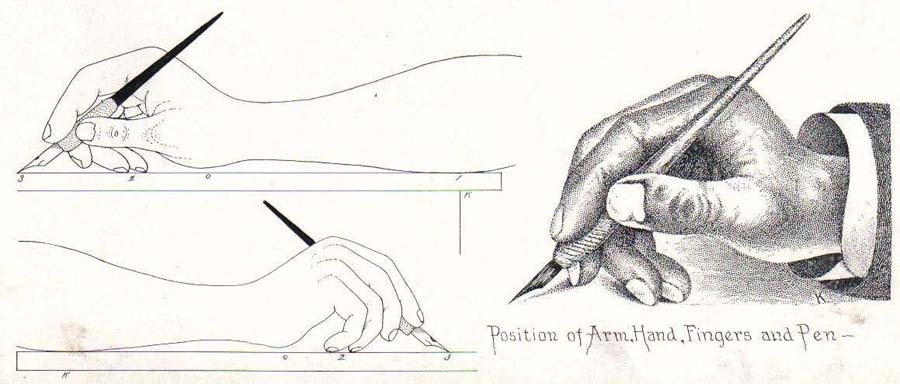

... and maintain proper posture.

Years of hard work were needed for teaching calligraphy — as for teaching any other craft — in schools, business colleges, and calligraphy courses, which were very common at the beginning of the last century.
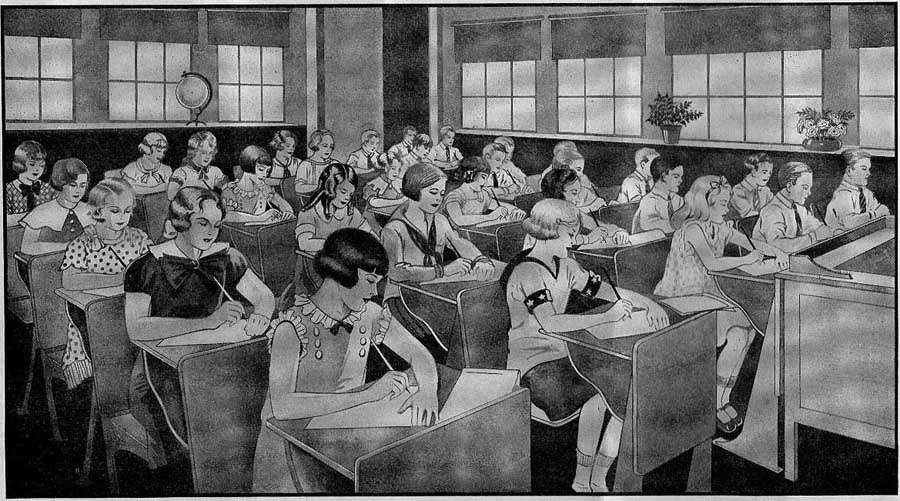
But if a person mastered this art, - oh! he turned into a guru, to whom any professional grace is available. First of all, handwriting - in computer language, fonts. Here, thanks to the individuality of the master, there was no limit to perfection. Take a look at these patterns of letters, from relatively simple to the most intricate, and appreciate their ageless beauty.
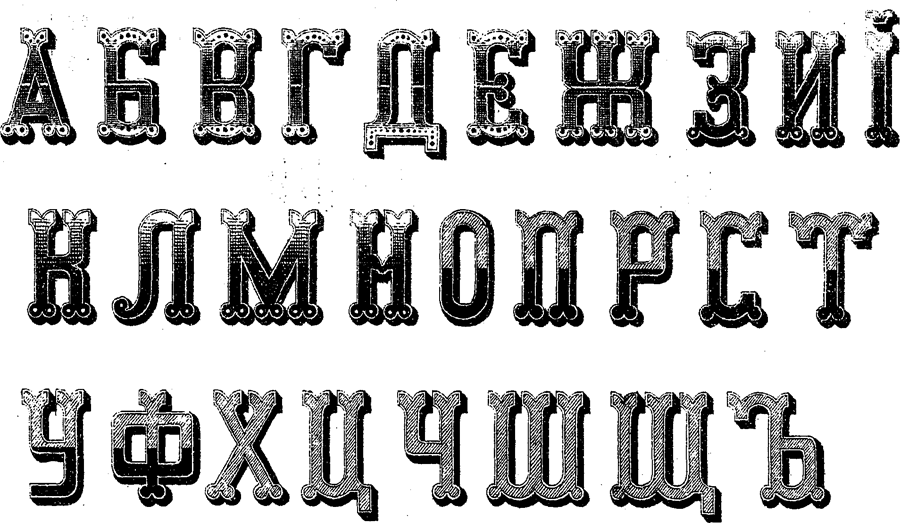



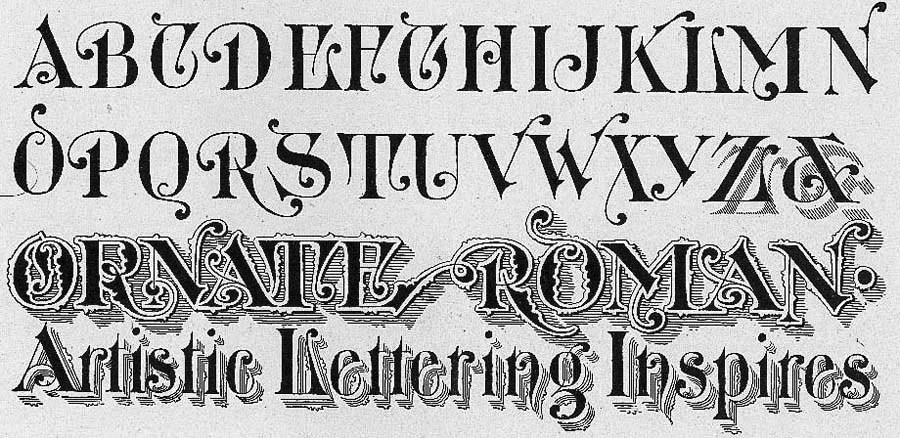

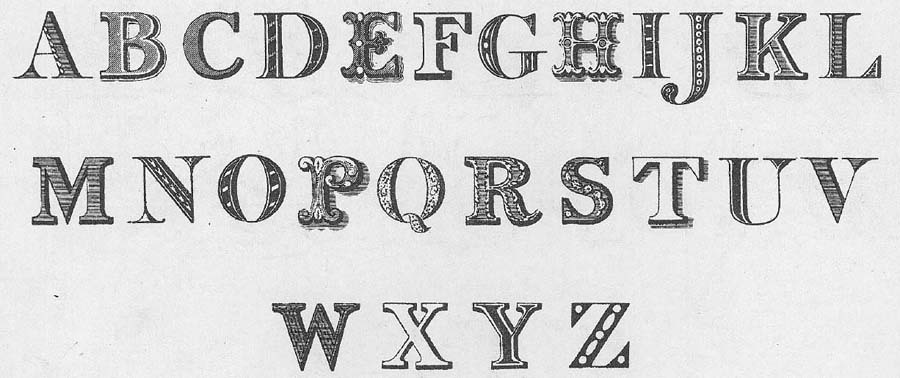


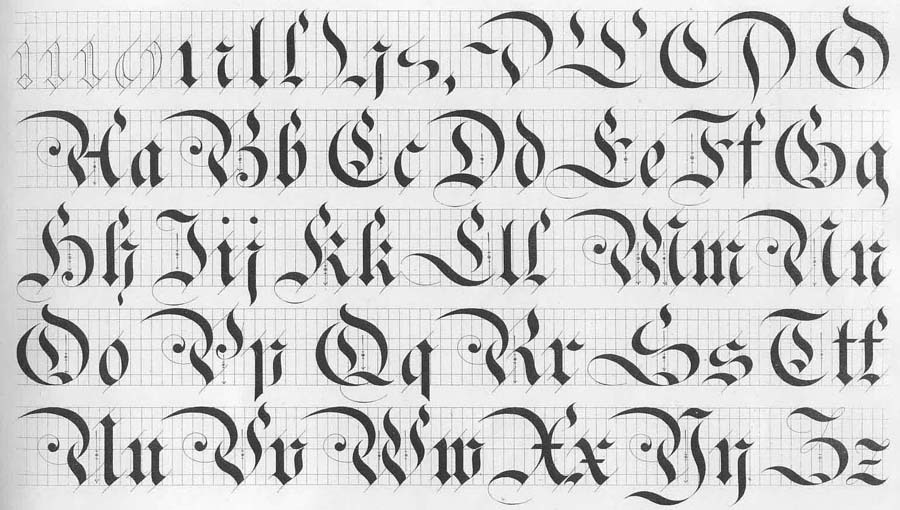
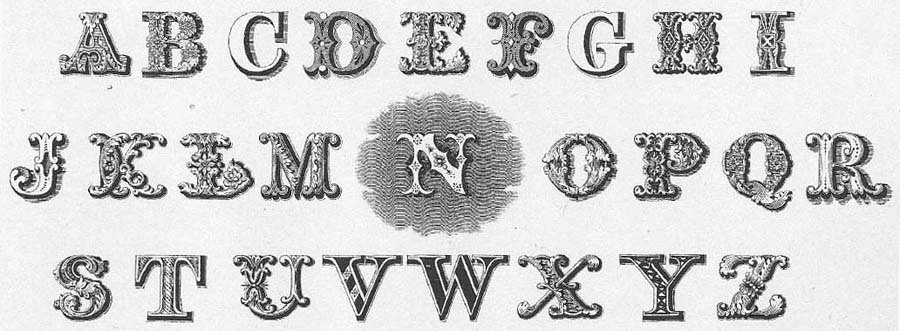


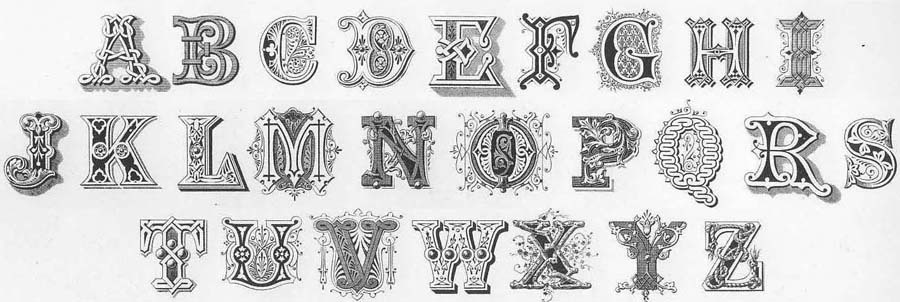
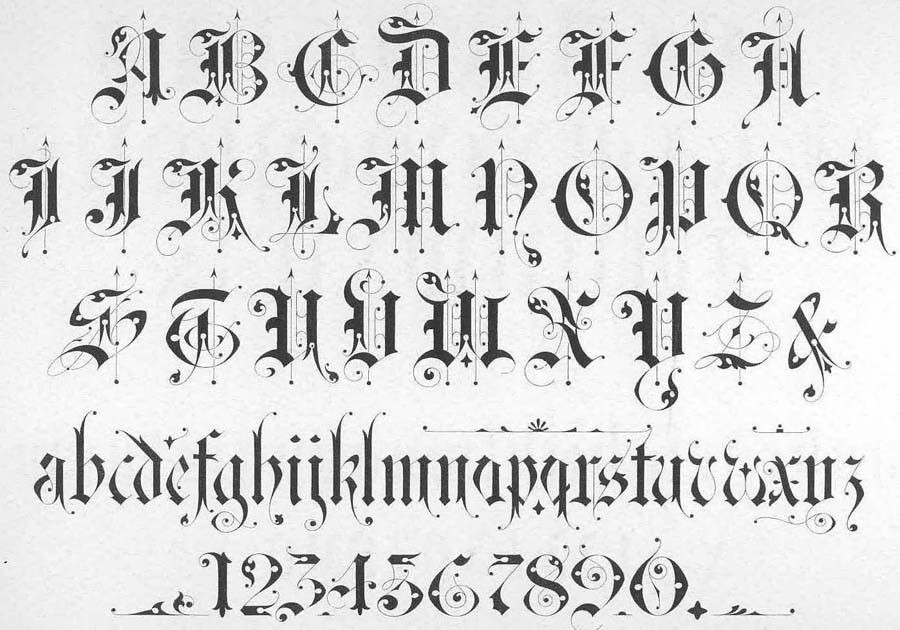
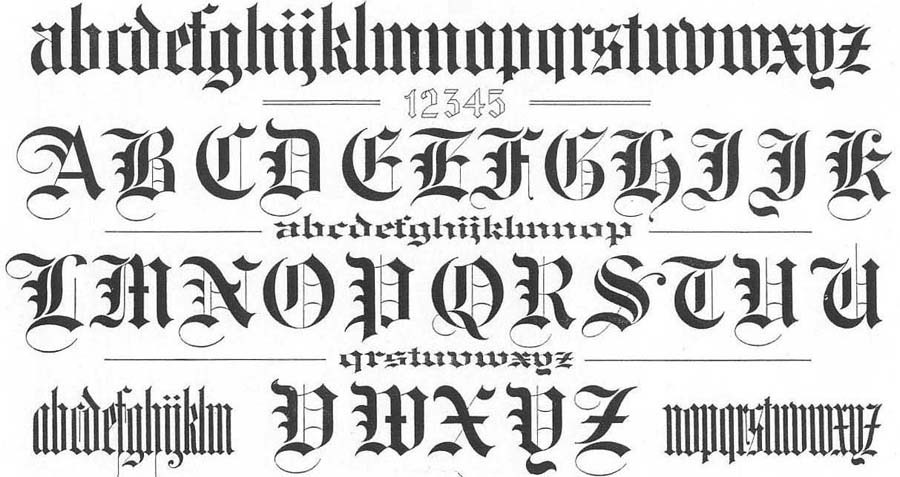

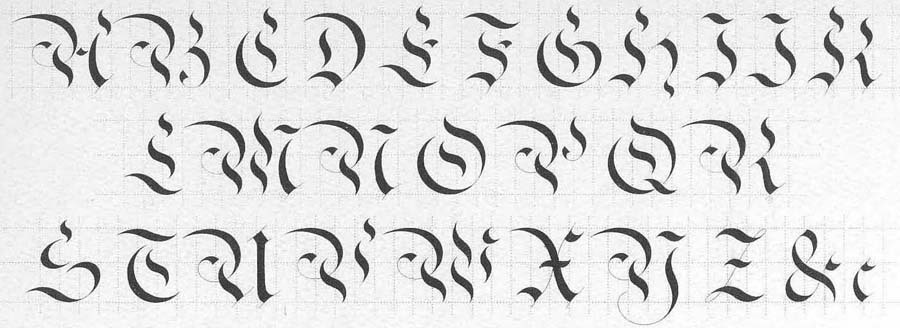






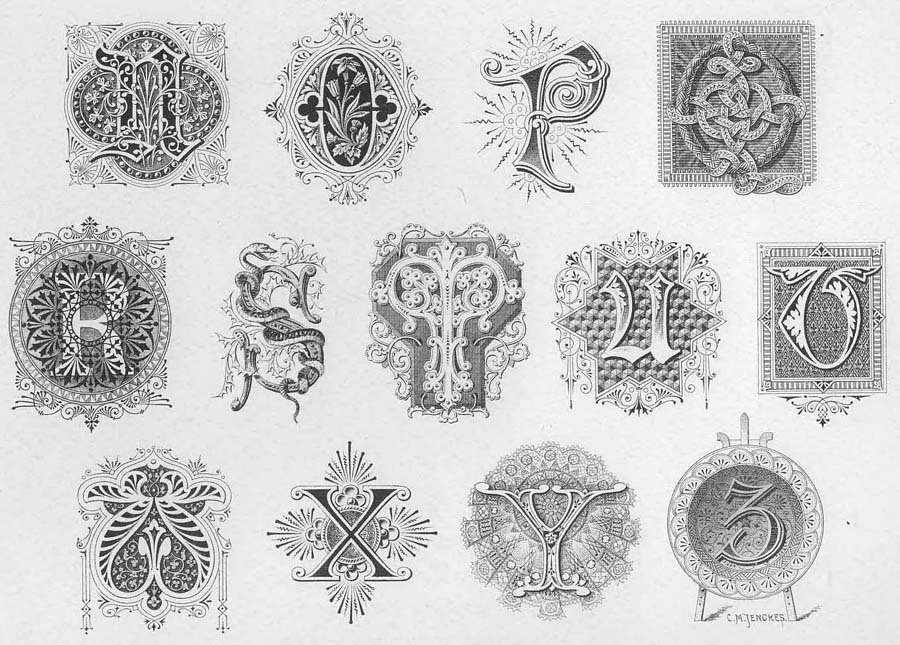
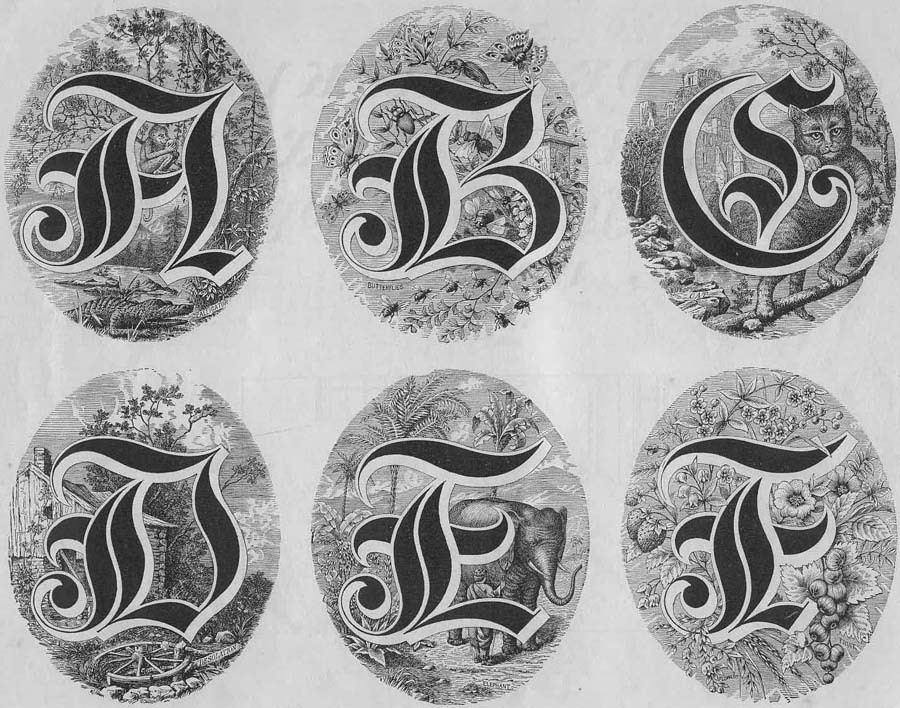
From such handwriting to painting is one step. Why would a person who has mastered such intricate shapes not to show himself in an adjacent area? And they showed.
They painted calligraphers in a style close to them: a calligraphic drawing, often for practical purposes or just for fun.
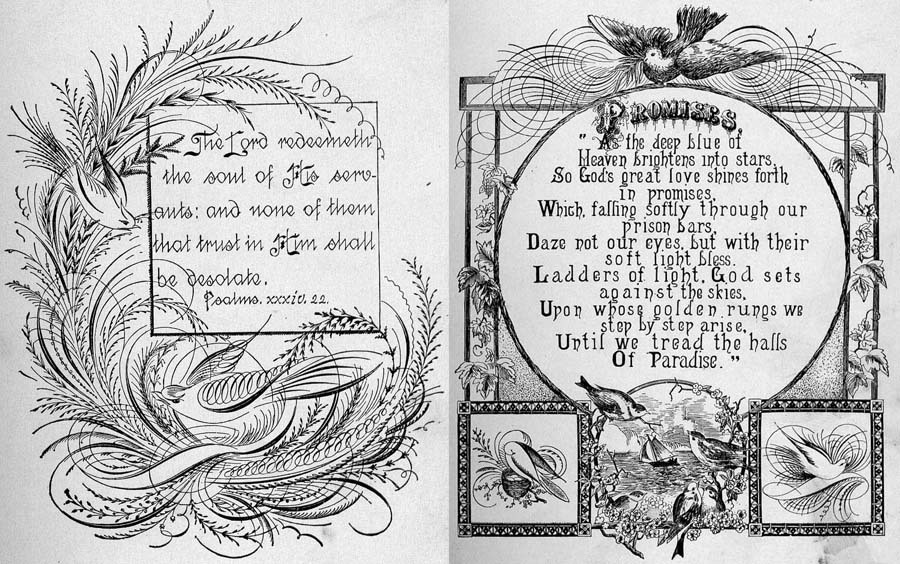
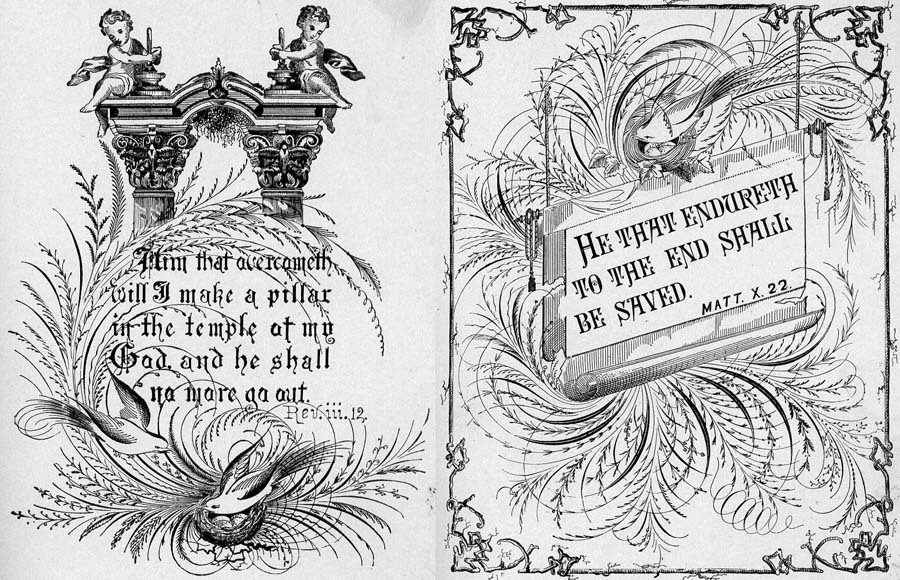
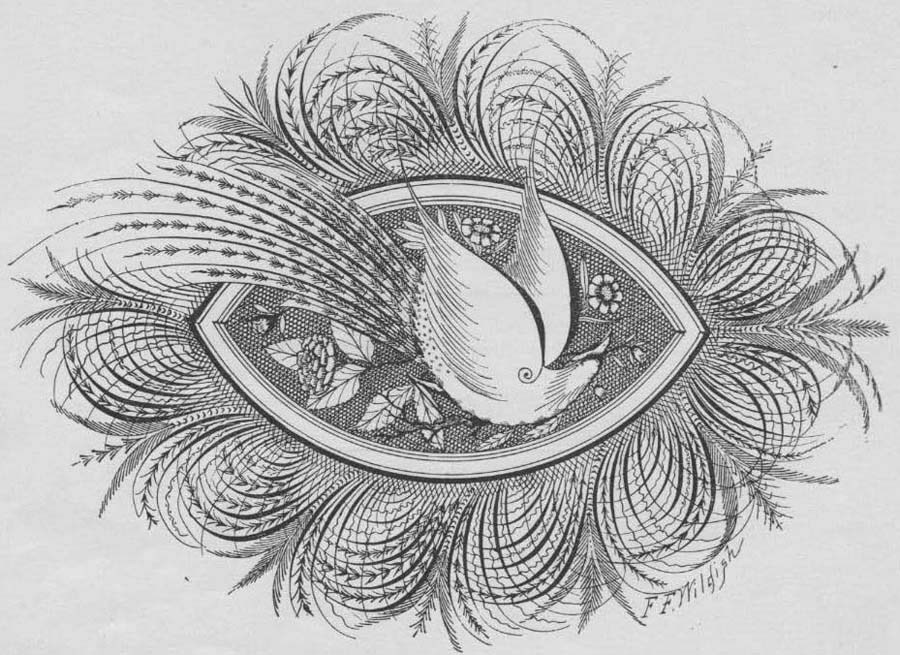

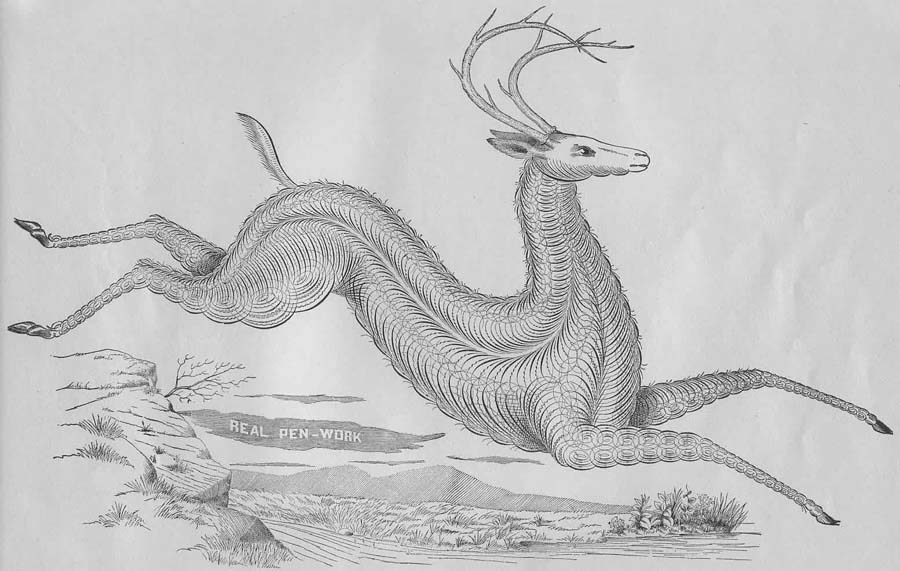
Naturally, it was not the girls who studied that who painted it, but people of the age who were wise with the experience they achieved - as befits masters of their craft.
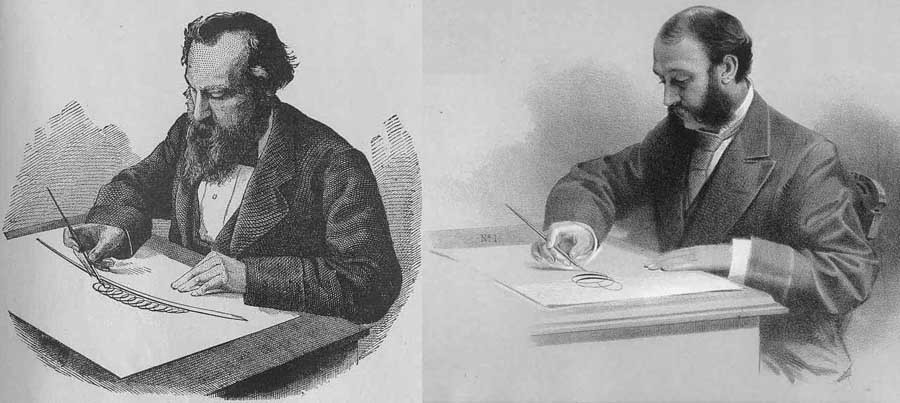
This, in fact, could have ended, but I want to bring a small excerpt from the novel "Idiot", from where the epigraph was borrowed for this post.
“- Wow! The general cried out, looking at the sample of calligraphy presented by the prince: “Why, this is a copybook!” Yes, and a rare recipe! Look, Ganya, what a talent!
The prince wrote the phrase:
“The humble abbot Paphnutius put his hand on a thick velvet leaf in medieval Russian script .”
“This,” the prince explained with extreme pleasure and animation, “is the abbot’s own signature from a fourteenth-century photograph.” They superbly signed, all of these are our old abbesses and metropolitans, and with what taste, with what diligence! Do you really have at least a Pogodinsky edition, General? Then I wrote here in a different font: this is a round, large French font, of the last century, other letters were even written differently, the font is areal, the font of public scribes, borrowed from their samples (I had one) - you must admit that it is not without merits. Take a look at these round qs as well. I translated the French character into Russian letters, which is very difficult, but it turned out well. Here is another beautiful and original font, here is this phrase: “zeal overcomes everything.” This font is Russian clerical or, if you want, military clerical. This is how official paper is written to an important person, also a round font, a nice, black font, black written, but with a wonderful taste. The calligrapher would not have allowed these strokes or, rather, these attempts to cross out, these unfinished half-tails, you notice, but on the whole, look, it is in fact a character, and, really, the whole military-clerical soul here has glanced: I wanted, and talent asked, but the military collar was tightly hooked, discipline came out in handwriting, lovely! It has recently been struck me by one specimen, I accidentally found it, and where else? in Switzerland! Well, here it is, a simple, ordinary and purest English font: grace cannot go any further, here all the charm, beads, pearls; it's over; but here’s a variation, and again a French one, I borrowed it from a French traveling commie: the same English font, but black; the droplet line is blacker and thicker than in English, en - the proportion of light and broken; and note too: the oval is changed, the droplet is rounder and in addition a stroke is allowed, and the stroke is the most dangerous thing! Roscherk requires an extraordinary taste; but if only he succeeded, if only a proportion was found, then such a font cannot be compared with anything, so even that you can fall in love with it.
- Wow! “What subtleties do you go into,” the general laughed, “yes, father, you’re not just a calligrapher, you are an artist, eh?”
Now you understand what intricate art was owned by Prince Myshkin? Is such a deep individualization possible when using computer fonts?
